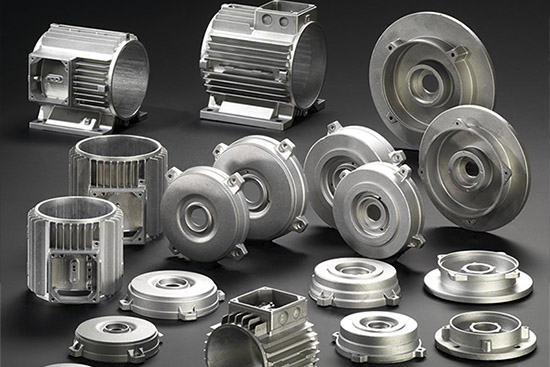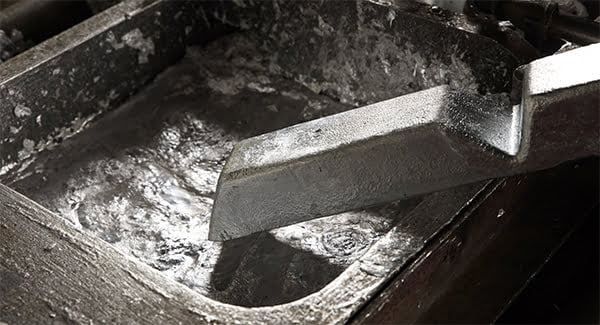The Precision Craft of Diecasting: Revolutionizing Manufacturing
The Precision Craft of Diecasting: Revolutionizing Manufacturing
Blog Article
Diecasting is a crucial manufacturing technique that requires forcing melting metal into a cavity using intense pressure. The process is known for its capability to create intricate shapes that have a high degree of accuracy and repeatability. That makes it an essential tool in many sectors. From aerospace and automotive all the way to consumer electronics and appliances Diecasting plays an essential part in constructing products that can meet the strictest specifications for quality and efficiency. This article focuses on the intricacies of diecasting, highlighting its processes, benefits, and the applications.
The diecasting process begins with the preparation of high-quality steel molds, also referred to dies. These molds are created to withstand the rigors of pressure and high temperatures that molten metal experiences. The dies are meticulously designed to preserve intricate detail and maintain tight tolerances, and ensure that each part is in compliance with the specific requirements of design. The casting process involves metals like aluminum magnesium, zinc and copper melt and are put into the die under high pressures. This quick injection, and its subsequent cooling produces parts which have excellent dimensional stability and a smooth appearance. The high precision of dies allows for the creation of components with complex geometries that are usually impossible with other methods of production.
One of the main benefits of diecasting is its ability to manufacture parts with high precision in dimensional measurement and smooth surface finishes. Diecasting with high pressure ensures the molten metal conforms precisely in the mold which results with parts that need only minimal in terms of machining or finish. This is particularly beneficial for producing complex geometries and thin-walled segments that are difficult to create or not possible through other manufacturing techniques. Furthermore, the process can create pieces with tight tolerances as well as high repeatability, which makes it perfect for large-scale production. Its effectiveness can also result in cost savings since the high productivity rates cut down on labor as well as material waste.
Diecasting is also a great method of producing products with exceptional mechanical properties. Its rapid cooling of molten metal during the process of casting results in an extremely fine-grain design, which increases the strength and durability of the finished product. Diecast products are appropriate for uses that require high performance and reliability. For example, in the automotive industry, diecast parts are used in engines, transmissions, as well as structural components, where their weight-to-strength ratio is essential for the safety of the vehicle and its efficiency. In the aerospace field diecast parts contribute to developing lightweight but sturdy structures that are essential to optimizing performance and efficiency in fuel consumption. To obtain new details kindly head to Senadiecasting
The diecasting material used have a significant role to play in determining the properties and performance of the final product. Aluminum is among the most commonly used materials because of its superior strength-to-weight ratio, corrosion resistance and excellent thermal and electrical conductivity. Zinc alloys are also popular, offering high durability, strength, and the capacity to make parts with intricate particulars. Magnesium alloys offer the benefit that they are the tiniest steel, which makes them ideal for applications where weight reduction is crucial. Copper alloys, although more rare, are employed because of their excellent electrical conductivity as well as their resistance to corrosion. The selection of the material is based on the particular requirements of the job, such as the mechanical properties, environment conditions and price factors.
Diecasting represents a pinnacle of manufacturing technology. It provides a blend of precision, efficiency, and versatility that's unmatched by other manufacturing processes. The ability to create sophisticated, high-quality parts with excellent mechanical properties makes it essential in various sectors, from automotive to consumer electronics. The effectiveness and savings in material inherent in the diecasting process underscore its value in high-volume manufacturing. Its flexibility allows it to meet the changing demands of modern manufacturing. As industries continue to push the limits of technology as well as performance, diecasting will remain an important tool driving advancements and enabling the production of cutting-edge products which shape the world.